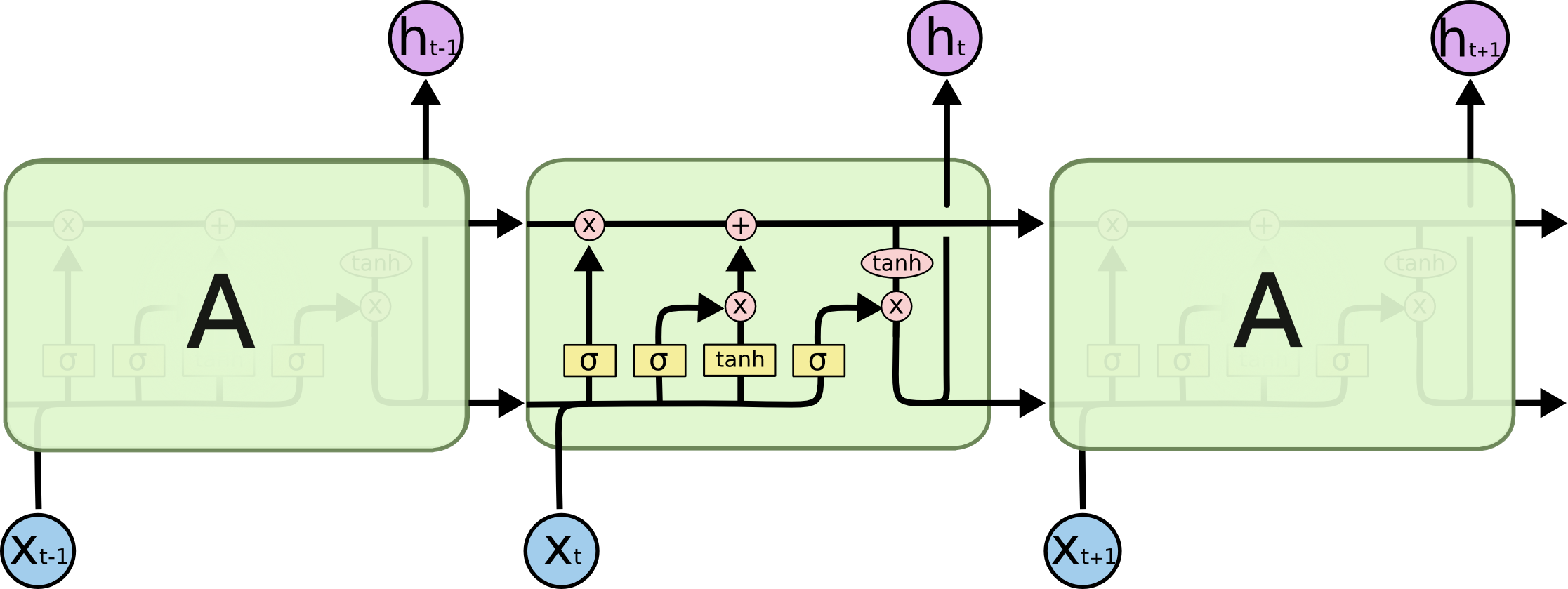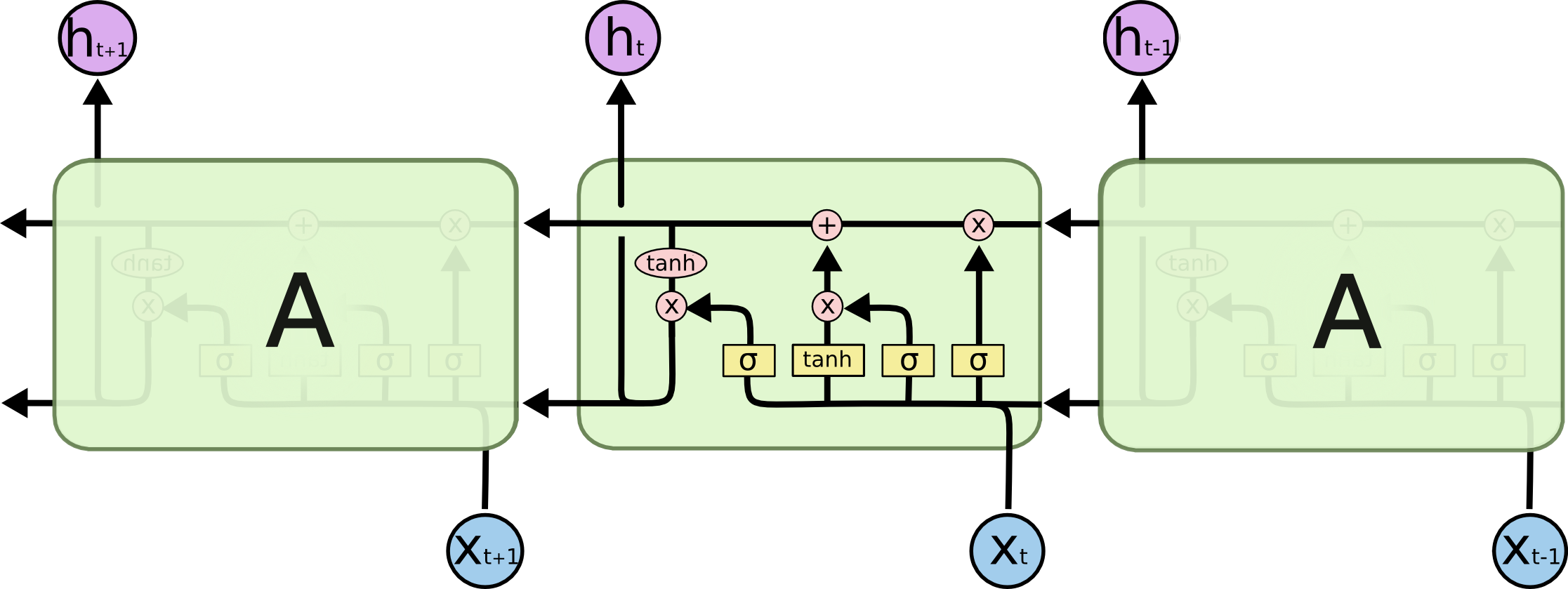This is about several constants related to the geometry of the network.
The network views each speech sample as a sequence of time-slices x^{(i)}_t of
length T^{(i)}. As the speech samples vary in length, we know that T^{(i)}
need not equal T^{(j)} for i \ne j. For each batch, BRNN in TensorFlow needs
to know n_steps which is the maximum T^{(i)} for the batch.
Each of the at maximum n_steps vectors is a vector of MFCC features of a
time-slice of the speech sample. We will make the number of MFCC features
dependent upon the sample rate of the data set. Generically, if the sample rate
is 8kHz we use 13 features. If the sample rate is 16kHz we use 26 features...
We capture the dimension of these vectors, equivalently the number of MFCC
features, in the variable n_input.
As previously mentioned, the BRNN is not simply fed the MFCC features of a given
time-slice. It is fed, in addition, a context of C \in \{5, 7, 9\} frames on
either side of the frame in question. The number of frames in this context is
captured in the variable n_context.
Next we will introduce constants that specify the geometry of some of the non-recurrent layers of the network. We do this by simply specifying the number of units in each of the layers.
n_hidden_1, n_hidden_2, n_hidden_5
n_hidden_1 is the number of units in the first layer, n_hidden_2 the number
of units in the second, and n_hidden_5 the number in the fifth. We haven't
forgotten about the third or sixth layer. We will define their unit count below.
A LSTM BRNN consists of a pair of LSTM RNN's. One LSTM RNN that works "forward in time":
and a second LSTM RNN that works "backwards in time":
The dimension of the cell state, the upper line connecting subsequent LSTM units, is independent of the input dimension and the same for both the forward and backward LSTM RNN.
Hence, we are free to choose the dimension of this cell state independent of the
input dimension. We capture the cell state dimension in the variable n_cell_dim.
n_hidden_3
The number of units in the third layer, which feeds in to the LSTM, is
determined by n_cell_dim as follows
n_hidden_3 = 2 * n_cell_dimThe variable n_character will hold the number of characters in the target
language plus one, for the blank.
For English it is the cardinality of the set
\{a,b,c, . . . , z, space, apostrophe, blank\}
we referred to earlier.
n_hidden_6
The number of units in the sixth layer is determined by n_character as follows:
n_hidden_6 = n_character
